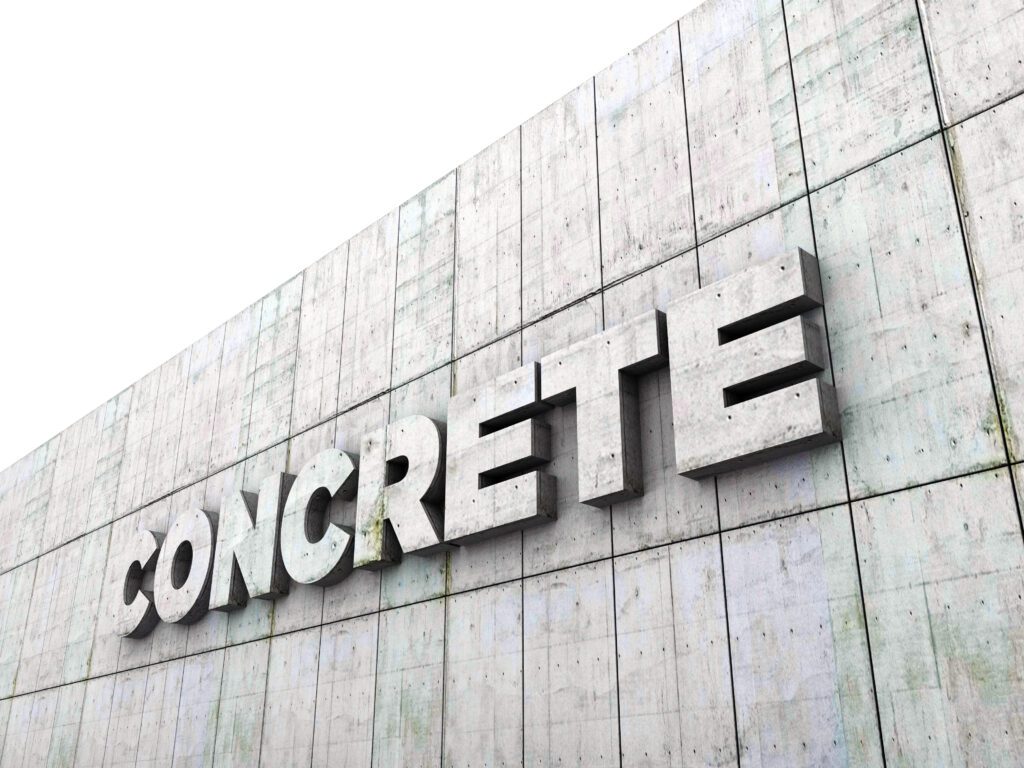When working in cold weather conditions, it is important to take measures to prevent heat loss. Insulated tarps and heated concrete blankets are both effective means of doing so, but have different advantages and disadvantages. Heated concrete blankets provide direct heat to materials, curing them much faster than insulated tarps. Additionally, blankets are (Electrical Testing Laboratories (ETL) certified to high electrical standards, making them safer for use in cold weather concreting.

Why Does Concrete Need Heat?
Concrete needs to cure within the temperature range of 65°- 85° F; otherwise, ice crystals will form and weaken the concrete. If this happens, construction project progress will come to a halt, as repairs or re-pours need to be carried out.
At first, it may seem appealing and budget-friendly to only insulate concrete during the curing process. However, this can lead to costly time delays and reworks. Insulated tarps placed at the point of pouring will protect against heat loss and help maintain warmth after the pour is finished.
What is an Insulated Tarp?
Insulated tarps are used to prevent heat loss in cold weather conditions. They are made from durable materials that can withstand the elements, but they cannot provide direct heat to materials like heated concrete blankets.
Insulating tarps help regulate temperature during construction projects, which is essential to maintaining the curing process and final strength of concrete. Tarps are often one of the first solutions considered when facing cold weather conditions.
How Do Insulated Tarps Work?
By trapping an air layer, insulated tarps work to slow down the rate of heat loss. This is beneficial, because it means concrete will cure faster if exposed to higher temperatures, compared to concrete curing in cold temperatures.
While this does not stop all heat loss, it provides some protection for materials in cold weather. Insulated tarps are used on concrete walls and slabs, concrete forms, bridge beams, scaffolding, construction projects, pre-casting, and also as ground heaters.
Types of Insulated Tarps
Many tarps on the market are made with cheaper materials to cut down on manufacturing costs. However, a high-quality tarp will be made of more durable material that can withstand all types of weather conditions. There are two types of insulated tarps: polyester and closed-cell foam. Polyester is less expensive to produce, but breaks down faster when exposed to sunlight. Closed-cell foam, on the other hand, is the best insulation because it has trapped foam bubbles that prevent heat or moisture from passing through.
In summary, insulated tarps are made for quick fixes and are not a long-term solution for material warming and cold weather mitigation. Tarps aren’t meant to last more than a few uses, and cannot provide additional heat when needed.
The advantages of insulated tarps are as follows:
- Significantly decreased heat loss compared to not using a tarp.
- An initial barrier against rain and snow, though the tarp will likely degrade after prolonged exposure to bad weather conditions.
- Easy installation and removal.
Drawbacks of Insulated Tarps:
- Plastic tarps are especially vulnerable to sunlight damage. The ultraviolet light in sunlight will degrade the tarp and reduce its protective abilities.
- Wind and dust can also damage insulated tarps, wearing away at the surface and edges until it tears. Most tarps are only water-resistant, so any tears will allow water to leak onto sensitive materials or equipment.
- Insulated tarps don’t provide heat retention capabilities.
Electric Concrete Blankets Offer Better Protection Than Tarps
What is an Electric Concrete Blanket?
Electric concrete curing blankets are a better solution for curing concrete in cold weather conditions. An electric concrete blanket is a device that applies heat directly to curing concrete, accelerating the process and ensuring a high level of quality. Unlike insulated tarps, electric concrete blankets provide a consistent heat source that does not dissipate over time. They are more durable than insulated tarps, and can be used multiple times without degradation.
Proper Cure Time is Vital for Optimum Concrete Strength
Several elements determine how long concrete will take to set and become strong, including the mix used, the ambient temperature, and the size and shape of the slab. Of all these variables, weather is the most difficult to predetermine. In general, colder temperatures lengthen concrete’s setting time.
A regular non-electric insulated blanket will make concrete take longer to set during colder weather, resulting in weaker concrete. For example, if concrete is kept at 70°F, it will usually set within 6 hours. However, if it’s kept at 40°F, the setting process will take approximately 14 hours. Additionally, concrete maintained at 70° F enables a compression strength of 2,700 psi in only 3 days. Similarly, maintaining concrete at 40° F typically yields a much lower strength of 1,200 psi in just three days.
The strength of the concrete mixture is integral to proceeding with your construction project. If it takes too long to set and cure, you will experience costly delays. Some manufacturers have a difficult time operating during the winter months, which can further complicate things.
Other Uses for Concrete Blankets
Concrete blankets can be used for more than curing concrete.
- Heat the ground:
- Makes digging and trenching easier.
- Prevents slipping, skidding, and falling.
- Great to use before laying pavers or other stonework.
- Maintain material above freezing temperature:
- Prevents liquid material from separating or congealing.
- Keeps shingles, gravel, and sand from freezing and sticking together.
Winter Weather Doesn’t Have to Stop Concrete Work
Some contracts require you to work through the cold as long as possible. Heated concfrete blankets and insulated tarps can help you get through those tough times. We carry a great selection of both. Our representatives are ready to help you heat all your winter jobs. Request a quote or call us at 1-857-706-2980 to learn more about our complete selection of construction heaters.



